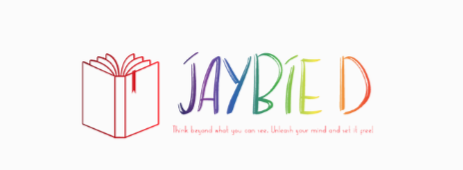
Self-Talk and Self-Kindness for Young Kids
Share
Featuring the picture book Rascally Reflection by Jaybie D.
Creative Child Magazine's 2025 Book of the Year
That Voice in the Mirror Matters
“I’m bad at this.”
“I look weird.”
“I can’t do anything right.”
Sound familiar? That little inner voice — the one kids repeat quietly to themselves — forms the foundation of their self-image. And often, it sneaks in earlier than we expect.
In Rascally Reflection, Jaybie D. turns that voice into a literal character: a dramatic, unpredictable mirror image that challenges everything the main character believes about herself. Through gentle humor and a dash of mischief, the book opens the door to a powerful topic for kids and adults alike: self-talk — and how to make it kinder.

What Is Self-Talk (and Why Start So Young)?
Self-talk is the internal dialogue we all carry with us.
Sometimes it’s helpful: “I can do this!”
Other times it’s harsh: “I always mess things up.”
For young children, that inner voice is still developing. It’s often a mix of things they’ve heard from parents, teachers, siblings, or even story characters. That’s why early picture books that explore how we talk to ourselves can be incredibly impactful — especially when the message is wrapped in humor and heart.
In Rascally Reflection, self-talk takes center stage as a sassy mirror image who’s quick to criticize, second-guess, and distract. But as the story unfolds, readers learn that you don’t have to believe everything your reflection tells you.
From Reflection to Realization
The brilliance of Rascally Reflection is in its balance: it doesn’t villainize negative self-talk — it humanizes it. The mirror is rascally, yes, but also scared, uncertain, and exaggerated. Just like the thoughts we all sometimes have.
By showing a child learning to see herself with kindness, boundaries, and curiosity in such a simple way, the book models:
- Self-awareness: “Hey, I hear you — but I don’t agree.”
- Emotional literacy: Naming feelings, not just reacting to them.
- Self-compassion: Speaking to yourself like a friend.
How to Use This Book at Home or School
Start the conversation:
- “What do you think your reflection would say today?”
- “Is that something you believe, or something you’ve heard before?”
- “If your reflection says something unkind, how can you respond?”
Try this activity - Kind Mirror Messages:
Give kids sticky notes or printable cards and ask them to write something kind their reflection could say. Display them around a mirror at home or in the classroom.
Examples:
- “You’re learning new things every day.”
- “You don’t have to be perfect to be proud.”
- “It’s okay to feel nervous. You’re brave for trying!”
This simple exercise helps build the habit of positive self-talk, using language kids understand — and believe.

Why It Sticks
There’s something powerful about seeing your inner critic as a character. Kids who read Rascally Reflection not only laugh — they relate. And that’s where transformation begins.
Because once a child learns to speak kindly to themselves, they’re more likely to speak kindly to others. And when they learn to question a harsh voice in the mirror, they become more resilient in facing harsh voices out in the world.
Want to Read It Together?
You can grab your copy of Rascally Reflection HERE.
And if you’re ready to build emotional literacy with your little ones, download our printable: HERE.


